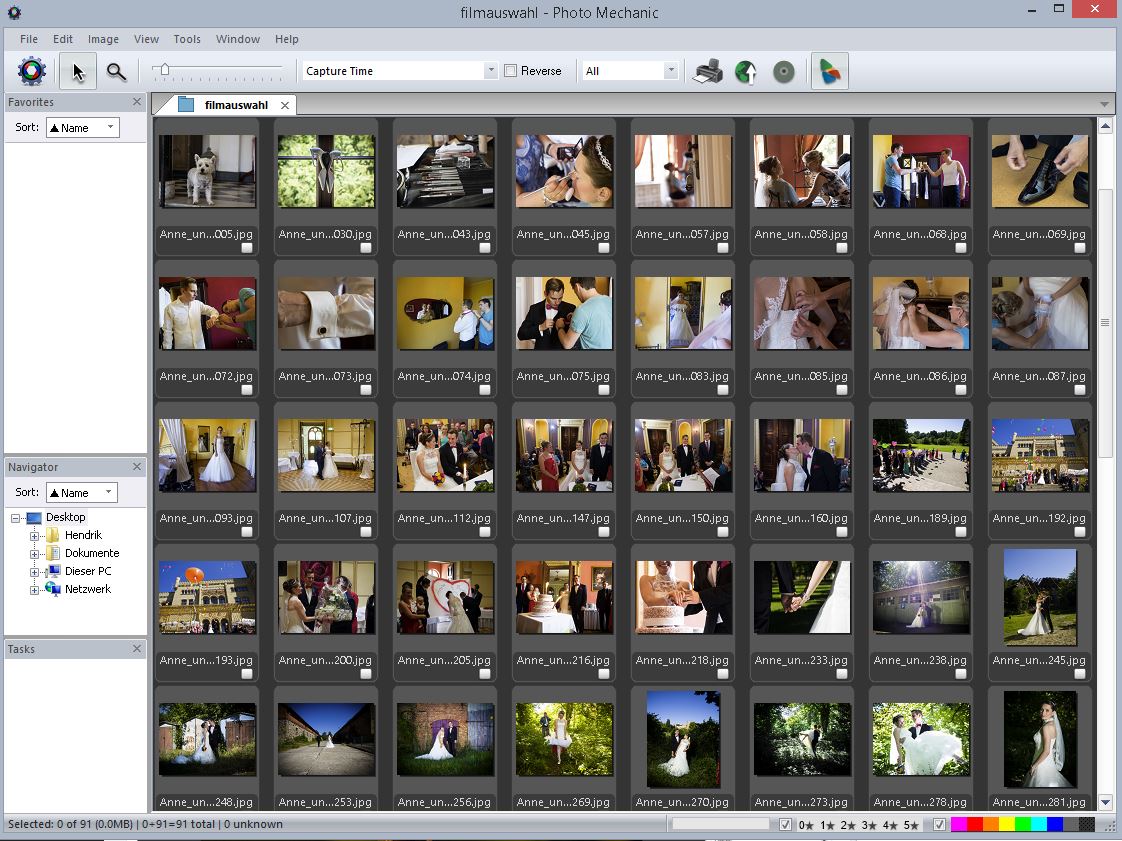

I’ve been reviewing games for over eight years for several outlets including Paste Magazine, and I have over 200 reviews under my belt and a game collection in my basement that’s too large to mention. And you might roll just for yourself or for all players. You might be allowed to roll some or all of the dice again to get a better outcome. It can get more complicated, of course: You might use one die, several, or all.

In the most basic sense, you roll some dice, then you write something on your personal scoresheet based on the outcome. Unlike a lot of the words people use to describe board game mechanics (my wife especially loves to roll her eyes at me when I call a game a tableau builder), “roll-and-write” is quite self-explanatory. These games have exploded in popularity since 2018, with scores of original titles and spinoffs of existing board games that borrow existing themes and drop them into the roll-and-write model. Yahtzee is the most popular example, and along with the similar Kismet, it dates the core game mechanic back at least as far as the 1950s. This gives you the option to save as JPEG, TIFF, or PSD with image resizing, sharpening, and tagging.You’ve almost certainly played a roll-and-write game, even if you’ve never heard the term. To actually save images, you can use Save As.

A preview window, even if it was static, would be very helpful here. With no preview options, it's hard to tell what your web page will look like until you've actually generated it. The web gallery feature is the weakest point of Photo Mechanic. You can burn to disc, export as a web gallery, or upload to various sites including Flickr, PhotoShelter, and Zenfolio, or you can FTP the images from within the application. Photo Mechanic also has various output options for your images. The data can be applied to one or more images at a time. Combined with Google Maps, the GPS feature lets you enter specific location data, or find it on the map. One nice feature in Photo Mechanic is the ability to easily tag your images with GPS info. Moving files is a simple drag and drop to either the contact sheet or the folder in the hierarchy panel. Each tab shows the folder name and the number of images currently selected in the folder. Using a tabbed interface, you can view multiple folders of images by clicking on the tab. The Contact Sheet is Photo Mechanic's term for a browser window. If you like, Photo Mechanic will create a new contact sheet for each card during or after the ingest process.
PHOTO MECHANIC 5 REVIEW HOW TO
At this point, you can also set whether to automatically copy images to a second location as a backup, rename files, and how to handle mixed (raw and non-raw) files on a card. Photo Mechanic also allows you to import multiple cards simultaneously by setting the different sources in the Ingest dialog. Keywords can be applied individually, or if you use a structured keyword list, like Controlled Vocabulary (highly recommended), you can access the keyword list through the Structured Keywords dialog and from the Stationary Pad. Photo Mechanic uses IPTC Stationary Pads and variables to add more flexibility to the ingesting process, with the variables being able to write specific information for that file while the stationary pads contain the information that all ingested files will have, such as copyright, contact info, keywords. At this point, you can add a number of items to the images – keywords, captions, IPTC data, and more. Ease of UseĪt the heart of Photo Mechanic is the Ingest process.
PHOTO MECHANIC 5 REVIEW UPGRADE
Photo Mechanic costs $150, or $90 to upgrade from a previous version. There are no image editing functions (although you can easily send images to Photoshop or your preferred editing application from the program). Photo Mechanic is strictly for organizing and viewing your images. Applications like Adobe Lightroom or Bridge, and Apple Aperture are good at the above, and more, but they don't excel in the way Photo Mechanic from Camera Bits (does. For the photo journalist, the next step is likely emailing or FTP to get the images to the editor. In this case, I'm referring to the process of getting the images off the memory card, tagged with metadata, or organized.įor someone covering an event, this may be all the work that they do until returning from the event. I'm not talking about the image-editing portion of the workflow. When you shoot lots of images, processing speed is extremely important.


 0 kommentar(er)
0 kommentar(er)
